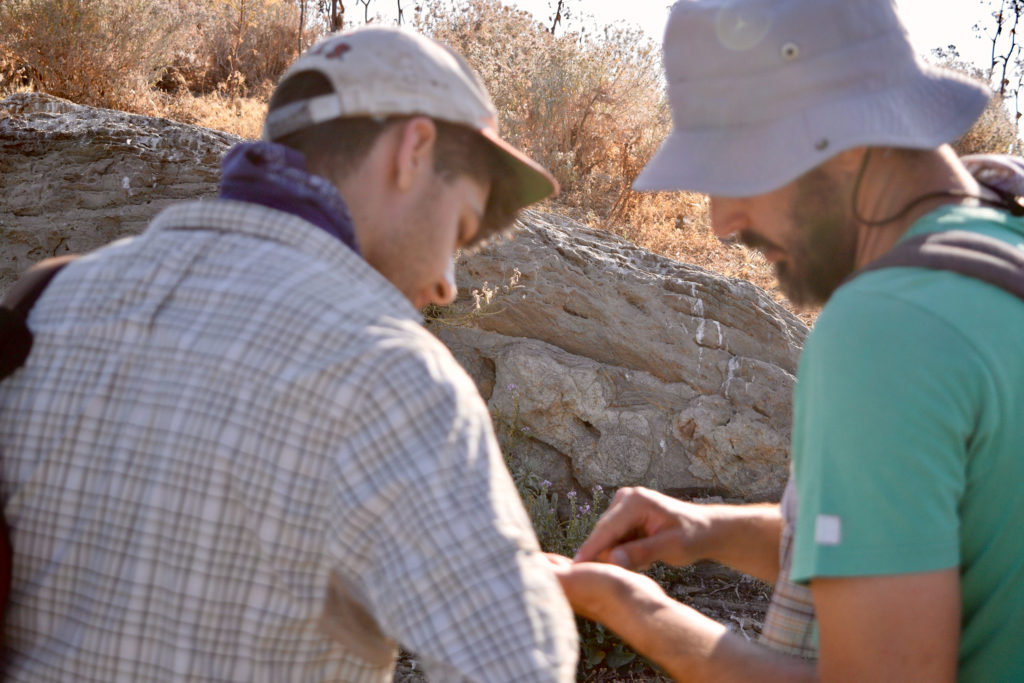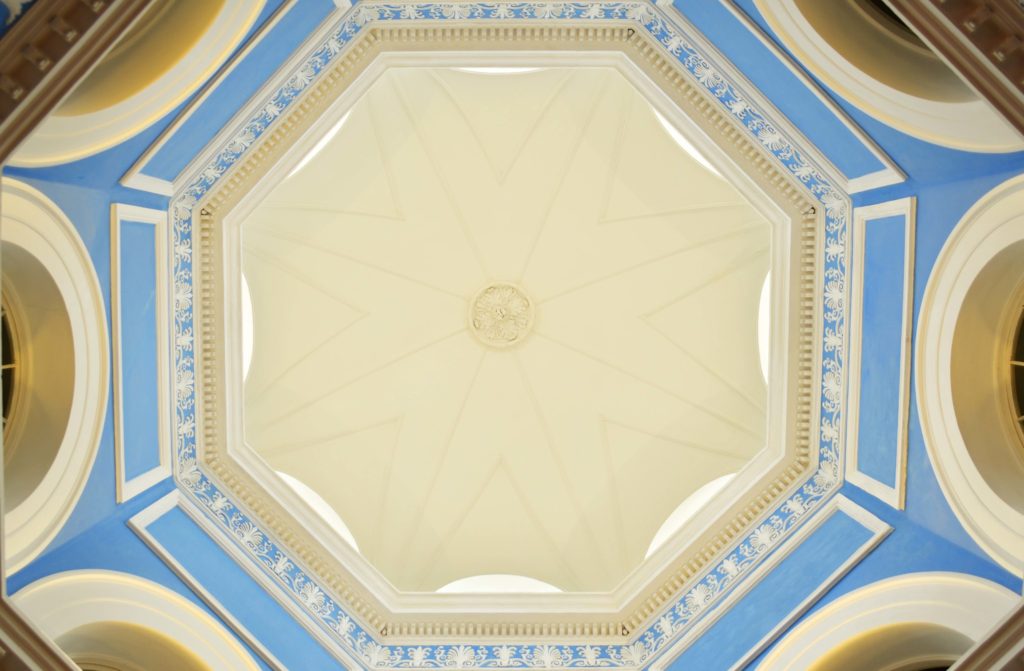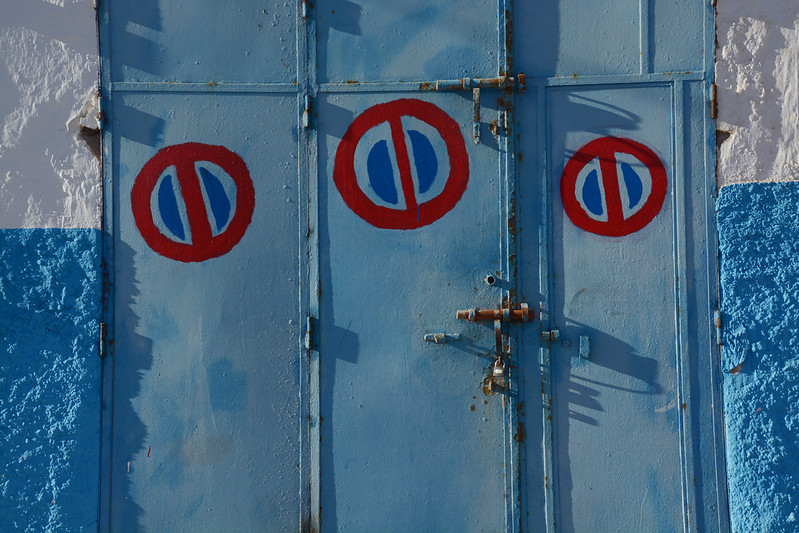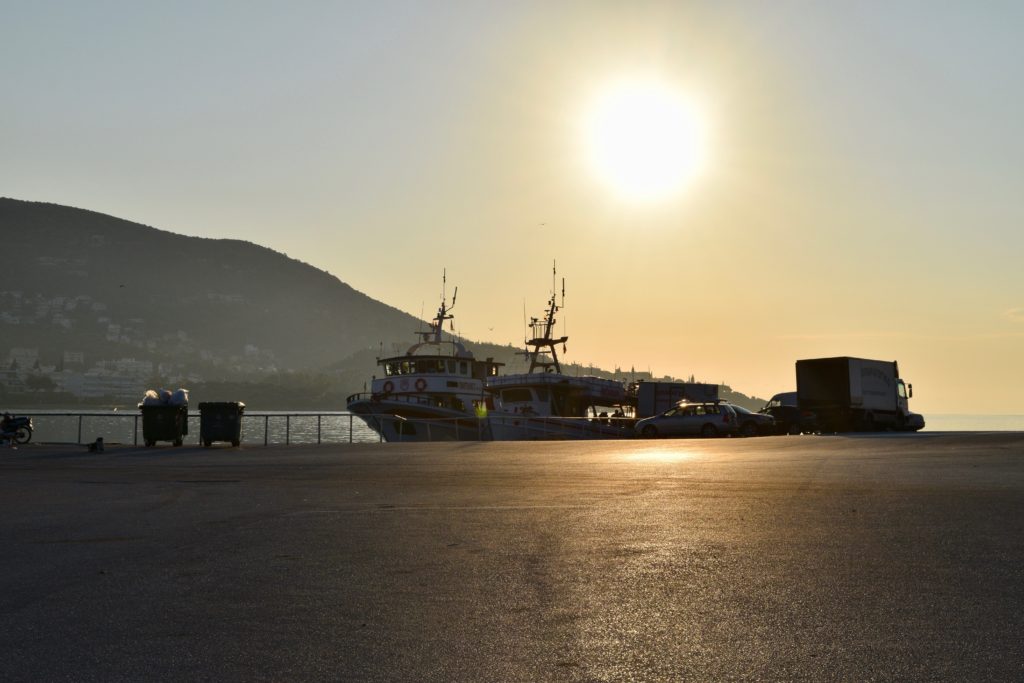The BEARS blog is very excited to share this post about the potential for developing some aspects of community-engaged archaeology in the context of the BEARS project, written by Joseph (aka Joey) Frankl.
When the blog was founded in early 2020, the intention was for it to serve as a medium through which our small project community could exchange/share ideas, thoughts, and memories about BEARS over the spring and summer, since it had become clear that we probably wouldn’t get to see each other in the field for some time. As it turns out, most people were far too busy with all of the chaos of pandemic life to put together contributions, which is totally understandable. We do hope that as life returns to normal, the project matures, and our many talented team members feel increasing ownership over the direction and goals of our work in East Attica, the sharing of ideas and in this space will likewise grow!
With that in mind, it’s encouraging to have our first bona fide team member contribution to the blog since way back in early June, 2020! And what a stellar piece it is – a sophisticated and thought-provoking consideration of what community-engaged archaeology in Greece and Porto Rafti might or should look like, and the many reasons that Classical archaeology has not traditionally been at the forefront of this sort of work.

This fall, I, along with several of my University of Michigan colleagues, organized a roundtable session about community-based archaeology. Community-based archaeology – or community-engaged/community archaeology – has been variously and widely defined, but is typically understood as archaeological practices that integrate community members with external research teams in the production, preservation, and dissemination of archaeological knowledge. As my co-organizers and I conceived the session, four archaeologists (working in different disciplinary and geographic contexts) would create a dialogue for our archaeological community concerning best practices of community archaeology and its future in the discipline of archaeology. Despite the technical difficulties of a remote format, the roundtable was a success! It’s clear that there is some really interesting work happening across the globe, work that is seriously attempting to make archaeology a more just and ethical discipline by integrating different types of stakeholders in the process of understanding of the past.
It was also painfully obvious how such practices seem absent from Classical Archaeology. This is not to say community-based archaeology does not exist in Mediterranean contexts. There are many good examples. But, generally speaking, community-based practices are simply not embedded in our disciplinary framework. (Do job searches in Classical Archaeology ask for community-based experience? Does the AIA annual meeting regularly include sessions dealing with the subject?) The reasons for the absence of community-engaged practices in Classical archaeology are complex and manifold. Classics and Classical Archaeology have tended to be slow on the uptake of critical, reflexive practices associated with post-colonialism, which have dictated disciplinary trends in the social sciences and humanities during the last several decades. Classical Archaeologists working abroad are also often associated with foreign research institutes that are unambiguously the vestiges, or contemporary products, of Northern European and American imperialism. Pursuing archaeology abroad was part of a larger project of Western knowledge production centered upon creating a history of European superiority. While foreign schools are increasingly working in collaboration with local archaeologists and there has been new success in community involvement, their institutional purpose is not oriented towards community engagement.

All this has resulted in serious structural barriers for Classical Archaeologists in pursuing community archaeology work. This includes lack of incentives for junior tenure track faculty pursuing such work, minimal funding, or the relative prestige of certain types of archaeological publications. Likewise, graduate training in Classical Archaeology typically does not incorporate skills necessary to do effective community-based archaeology, such as basic understanding of ethnographic methodology and ethical principles in the social sciences. (My colleagues in a socio-cultural anthropology seminar were aghast that a basic understanding of the modern geo-politicial context of the Mediterranean and the origins of my discipline were completely absent from my training. I have since decided that Hamilakis’ Nation and Its Ruins and Herzfeld’s Anthropology Through the Looking Glass really should be required reading for any graduate student working in Greece!) Additionally, to pursue effective community based archaeology, at a bare minimum, requires proficiency in the language of the communities in which one works. I have worked in Greece for the last five summers and still have only the most basic conversation skills in Greek. Instead of learning to speak Greek, I have spent much of my early graduate career trying to master Ancient Greek, Latin, French, and German, languages that are actually required for my degree. I am not excusing myself from my lack of proficiency in Greek––there are many in my program who have managed to learn Greek alongside these other languages. But it remains clear to me, from a structural perspective, graduate programs such as mine are not foregrounding knowledge of spoken modern languages in archaeological education.

In our first BEARS season, which seems o so long ago, our team did not pursue any form of community-based archaeology. For the most part, we were simply trying to stay afloat completing our archaeological research and trying to do it well (of course, this was the work that was laid out in the grants and fellowships that were financially supporting us!). Despite this devotion to our archaeological research, our team did not remain in an isolated compound, apart from the hustle and bustle Porto Raphtis––a common critique of Classical archaeologists. On one day of fieldwork, we were lucky enough to be joined by a local poet, who described the kinetic beauty of work; our faithful captain Vasilis, and his son Odysseus, became important members of our team; and of course we frequented the tavernas and cafes that lined the city’s seaside (editor’s note: Joey and several other members of the team also became good friends with Herakles Tsonos, our supervisor from the Greek archaeological service). It is also clear that there are serious obstacles in pursuing effective community-based archaeology at Porto Rafti. For one, there are issues of permits, planning, and finances. A well-conceived community-engaged archaeology project requires close attention to local history and social bonds forged through sustained conversation. This requires the right personnel and years of planning – neither of which our current archaeological project is equipped to do. Also, Porto Rafti seems to lack a community environment that you might expect in Greek city or village. The city is relatively young and lacks a feeling of deep generational community. There is also no plateia, and there many, many vacation homes, rather than year-round residents. All this makes the prospect of doing some type of community work daunting.

This blog post is really meant to think through this problem and envision what community-based work would look like at Porto Rafti. I am under no illusions of the difficulties it would require to undertake such work, but I do hope to offer a few starting points that might help our project begin to look outward and integrate our research into the contemporary context. So, here are a few possible starting points, however modest, for moving towards a community-based archaeology at BEARS.
1. Start conversations with the community. This seems basic, but it is truly the first step. Community archaeology should emerge from the needs of a community, not from the research agendas of archaeologists. These conversations might emerge from public presentations about our work or “open house” style discussions. These discussions are important for identifying what archaeology and the past mean to the residents of Porto Rafti, while detecting interest in specific elements of our project.
2. Regularly discuss the contemporary context of our work as a team. Why do foreign archaeologists work in Greece? This is such a fundamental question, but one that needs to be discussed again and again. As a team, it will be important to understand the role of foreign schools in Greece and the essential critiques of the schools generated by scholars like Herzfeld and Hamilakis. Furthermore, we need to understand Greece’s current place in geo-political conflicts of the last several decades and the way in which archaeology fits into past and present conceptions of Greek nationalism. These are all BIG subjects, but such conversations are an essential starting point for critically understanding our own positionality as foreign archaeologists.
3. Collaboration and connection by thinking about the past and present. During the roundtable, I noticed that many of the best elements of the community-based projects revolved around points of similarity between the past and present. Most often, these were the similarities between the ways in which people in the past and people in the present utilize local resources (whether in the process of food consumption or artistic production). Our interest in ancient Porto Rafti focuses on the bay, its settlement patterns, the exploitation of marine resources, and the waterway as a source of connectivity. Connecting with those who work at the city’s main port, fisherman and sailors alike, might be important first step in understanding the connections between our material interest and current issues of climate, resources, and topography. This would also be important in understanding the way that the ancient landscape has affected contemporary life, such as the designation of Raftis and Koroni as archaeological zones.
When we (hopefully) return to Porto Rafti this summer for a full field season, I’m not sure how well we can act on these suggestions. We’ll have a lot of archaeological work ahead of us and community-engaged practices are time consuming and significant labor. So, I hope this post will serve as a conversation point as we move forward to reflexively consider our research and our role as foreign guests in Porto Rafti.

